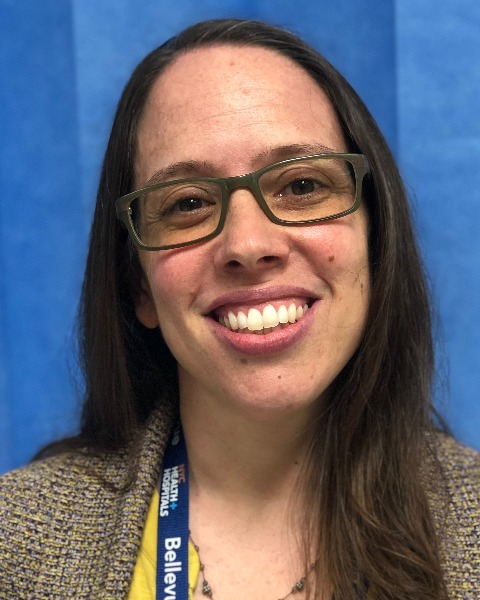Emergency Medicine
Family Presence Facilitator Curriculum for Pediatric Resuscitations
-

Ellen Duncan, MD, PhD
Associate Program Director, NYU PEM Fellowship Program
New York University Grossman School of Medicine
New York, New York, United States -
SS
Selin Sagalowsky, MD, MPH
Vice Chair for Education (EM); Program Director (PEM)
NYU Grossman School of Medicine
Scarsdale, New York, United States -

Joanne Agnant, MD, MSc (she/her/hers)
NYSIM Associate Medical Director/Assistant Professor
NYU Grossman School of Medicine | Health + Hospitals Bellevue
New York, New York, United States -

Kymme Napoli, MS, CCLS (she/her/hers)
Child life specialist
Bellevue Hospital
Brooklyn, New York, United States -
DS
Danielle Stansky, MD, MS (she/her/hers)
Chief Resident
NYU Bellevue
New York, New York, United States
Leader(s)
Co-Leader(s)
Workshop
Description: Pediatric resuscitations are low-frequency, high-stakes events that require coordination of many factors, including communication with patients and families. Family presence during pediatric resuscitations is becoming standard of care, with benefits including: allowing family members to comfort and advocate for patients, decreasing emotional trauma, and easing grief. While families wish to be offered a supportive presence during resuscitations, healthcare provider attitudes and practices vary widely. Furthermore, there remains great heterogeneity and limited evidence on how best to teach or evaluate the role of a Family Presence Facilitator.
We utilized a Kern 6-step approach with multidisciplinary input (including from patients and family members) to create a Family Presence Facilitator (FPF) curriculum. The goal of this curriculum is to teach all members of a multidisciplinary team (e.g., physicians, nurses, social workers, child life specialists, etc.) how to provide emotional support to patients and their family members during acute pediatric resuscitations in the emergency department setting. In this workshop, we will review the evidence base for family presence during pediatric resuscitations; teach key competencies of the FPF role (i.e., Respect and Value; Information Sharing; Non-Verbal Communication and Summary/Follow-Up); and conclude by practicing key skills in small groups, using a video of a simulated resuscitation. Our curriculum seeks to empower all members of the healthcare team to serve as FPF during pediatric resuscitations, with the potential to apply these skills beyond the pediatric setting.
Learning Objectives:
- Articulate the purpose and benefits of the Family Presence Facilitator during pediatric resuscitations
- Describe the four key competencies of the FPF role
- Demonstrate effective patient- and family-centered communication in the FPF role in a small-group setting
